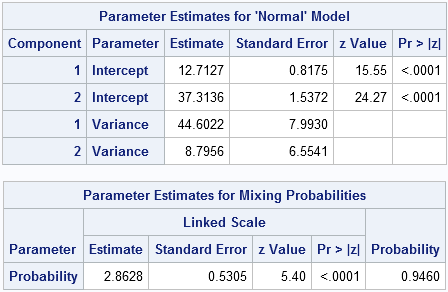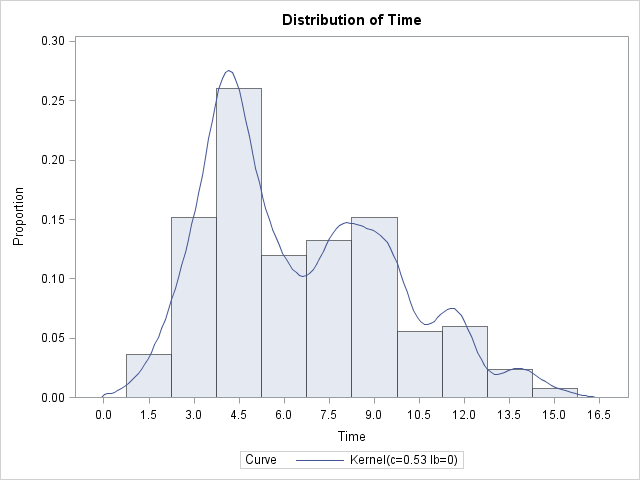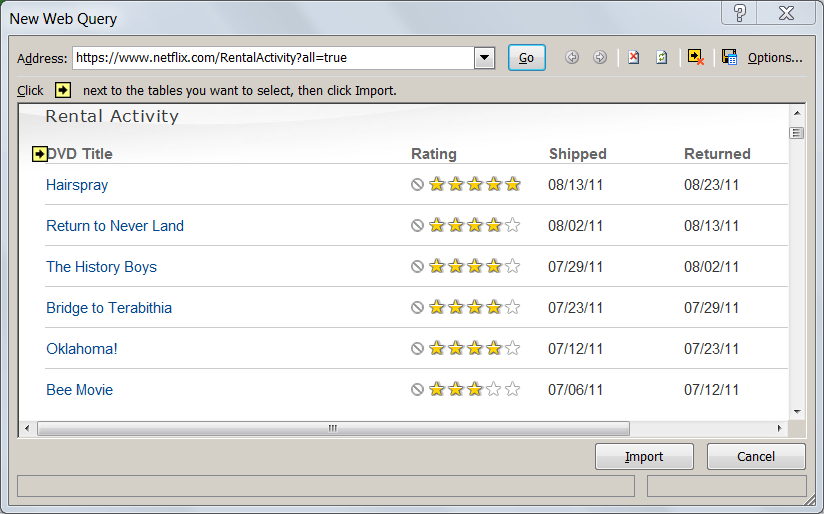
I previously wrote about an intriguing math puzzle that involves 5-digit numbers with certain properties. This post presents my solution in the SAS/IML language. It is easy to generate all 5-digit perfect squares, but the remainder of the problem involves looking at the digits of the squares. For this reason,






























